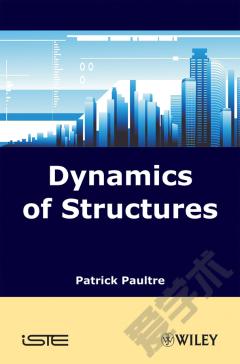Move —— Architecture in Motion - Dynamic Components and Elements
----- Move:动态部分和建筑中的元素
Dynamic components and adaptive elements are becoming increasingly important in contemporary architecture, and not just because of their visual effect. If architects and engineers are engaging more and more with the issue of movement – whether in the form of sun-tracking solar cells, lowerable walls, or intelligently programmed elevators – it’s because they are busy exploring responses to three challenges: How can we control and reduce the energy requirement of buildings? How can we expand the range of possible uses? And how can we represent, illustrate, accommodate, and control dynamic movements in buildings? Designers and builders who seek to use kinetic components face technical and design challenges that aren’t covered by traditional structural theory. For these users, this book presents the technical tools and constructional solutions that will allow them to implement these movements concretely and deploy them functionally within the domains of of "Energy," "Change of Use," and "Interaction.
{{comment.content}}








 京公网安备 11010802027623号
京公网安备 11010802027623号